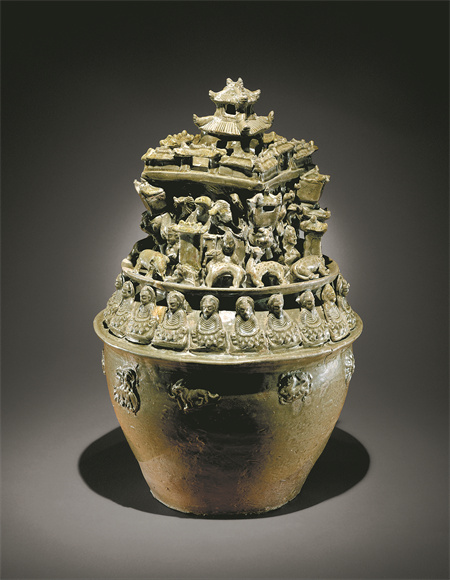

In other words, although a distinct regional awareness had emerged in Jiangnan as early as the 4th century, the area was by no means a haven unto itself. Through close interaction with the rest of China, it became a reference point and a source of inspiration, putting its cultural stamp on many things we now consider quintessentially Chinese.
One example involves the poetry production of the Tang Dynasty (618-907). This powerful empire, whose territory at one point stretched between the Korean Peninsula in the east to present-day Afghanistan in the west, was politically centered in modern-day Shaanxi province in northwestern China. Yet its poets, who outshone those from all other historical periods in China, frequently traveled to Jiangnan, where they were duly impressed by the otherworldly beauty of its misty landscape and wrote tirelessly about it. One of them, named Wei Zhuang, reflected that "this place, where one sleeps to the sound of rain, is for a weathered traveler to age".
When violent rebellion broke out in 755 and shook the Tang empire to its core, people, among them men of words, fled for Jiangnan, where they nurtured their grief while listening to the endless rain, only to return to the north years later to pour out their memories on paper.
However, the defining moment for Jiangnan didn't come until 1127, toward the very end of China's Northern Song Dynasty (960-1127). That year, the Song emperor Zhao Ji and his son Zhao Huan, who by that point had succeeded his father, were captured by their arch-nemeses — the Jurchen armies from the north who rode into the Song capital of Bianjing (modern-day Kaifeng in Henan province) on horseback and ransacked the city.